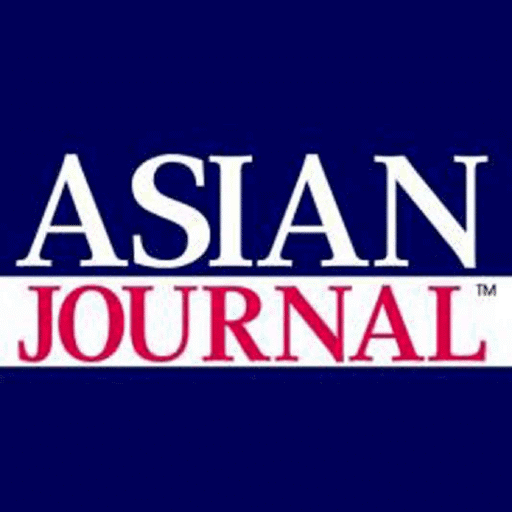The job hunt is more competitive than ever—for Gen Z graduates, mid-career professionals, and older workers alike. AI-driven hiring systems, vanishing mid-level roles, and economic instability are reshaping the labor market. Applicants are responding with resilience, adaptability, and a renewed focus on skills, networking, and community support.
LOS ANGELES – Across the United States, job seekers of every generation—from Gen Z college grads to retirement-age professionals—are facing the most challenging labor market in years. For many Filipino and Asian American families, the difficulties of securing stable employment in 2025 are reshaping career expectations, financial plans, and household roles.
At the center of the crisis: automation, corporate restructuring, and the rise of artificial intelligence in hiring processes.
Young graduates struggle to launch
The unemployment rate among recent U.S. college graduates (ages 22–27) reached 5.8% this year, the highest since the pandemic recovery, according to TIME Magazine (June 2025).
A June 2025 report by Business Insider noted that entry-level job postings have declined significantly, while automated résumé filtering systems now screen out large numbers of applicants before any human review. These AI-driven tools often rely on keyword matching, and many qualified applicants never make it past the first algorithm.
Even in industries once considered growth areas—like tech and marketing—employers are trimming back junior roles. Job platform data shows that new graduates face rising competition not only from peers, but from older, more experienced professionals applying for the same positions.
Mid-career professionals hit by “the great flattening”
According to Business Insider (June 2025), middle management positions are disappearing across industries, a phenomenon dubbed the “Great Flattening.” As companies restructure for efficiency, layers of mid-level roles are being eliminated, forcing professionals in their 30s, 40s, and 50s to seek lower-paying, lower-ranking jobs—or pivot careers entirely.
Reports from the Robert Walters Global Hiring Survey confirm that across the U.S. and Asia-Pacific, experienced professionals are increasingly competing for junior or contract roles.
Older workers delay retirement—but face barriers
The U.S. labor force participation rate for workers over 65 has reached a multi-decade high, per the Bureau of Labor Statistics (May 2025). Rising inflation and the high cost of living are key factors.
Yet, studies from the Equal Employment Opportunity Commission (EEOC) and Brookings Institution show that older applicants face persistent age discrimination—especially when AI systems are used to screen résumés. Many face difficulties re-entering the workforce despite years of experience.
Artificial intelligence in hiring: A double-edged sword
As of 2025, over 70% of Fortune 500 companies use artificial intelligence in at least one phase of the hiring process, according to the Society for Human Resource Management (SHRM).
These systems are designed to improve efficiency—but multiple studies, including a 2024 Harvard Business Schoolreport, have raised concerns that automation can inadvertently exclude qualified candidates. Résumés with nontraditional formats, career gaps, or international experience are often rejected by default.
Job seekers across all age groups increasingly rely on personal referrals, social capital, or direct employer relationships to bypass algorithmic gatekeeping.
Asian markets and the Philippines mirror the crunch
In South Korea, full-time hiring has reached its lowest level since the 1997 Asian Financial Crisis, as reported by the Korea JoongAng Daily (July 14, 2025).
In the Philippines, underemployment remains a pressing concern. The Philippine Statistics Authority reported an underemployment rate of 11.7% in early 2025. Meanwhile, the Overseas Filipino Workers (OFW) deployment rate continues to climb, reflecting limited opportunities at home for skilled workers.
Economic researchers in Southeast Asia have also noted a mismatch between educational attainment and labor market needs—prompting renewed focus on vocational training and digital reskilling.
Sectors showing growth
Despite the broader slowdown, several sectors are still hiring. The World Economic Forum’s Future of Jobs Report 2025identifies healthcare, cybersecurity, green energy, and skilled trades as areas of sustained demand.
California’s Employment Development Department (EDD) projects that registered nursing, solar energy installation, and information security will see the highest job growth through 2028.
These roles increasingly require specialized certifications and technical aptitude—rather than traditional four-year degrees.
A shifting landscape for job seekers
In 2025, the U.S. job search process has become increasingly difficult for all generations. From AI-driven rejections to a shrinking middle class of employment, job seekers—especially within immigrant and working-class communities—must now adapt to a landscape where education alone no longer guarantees opportunity.
Filipino and Asian American families navigating this environment are finding that persistence, reskilling, and community connections are more essential than ever in the pursuit of meaningful work.







